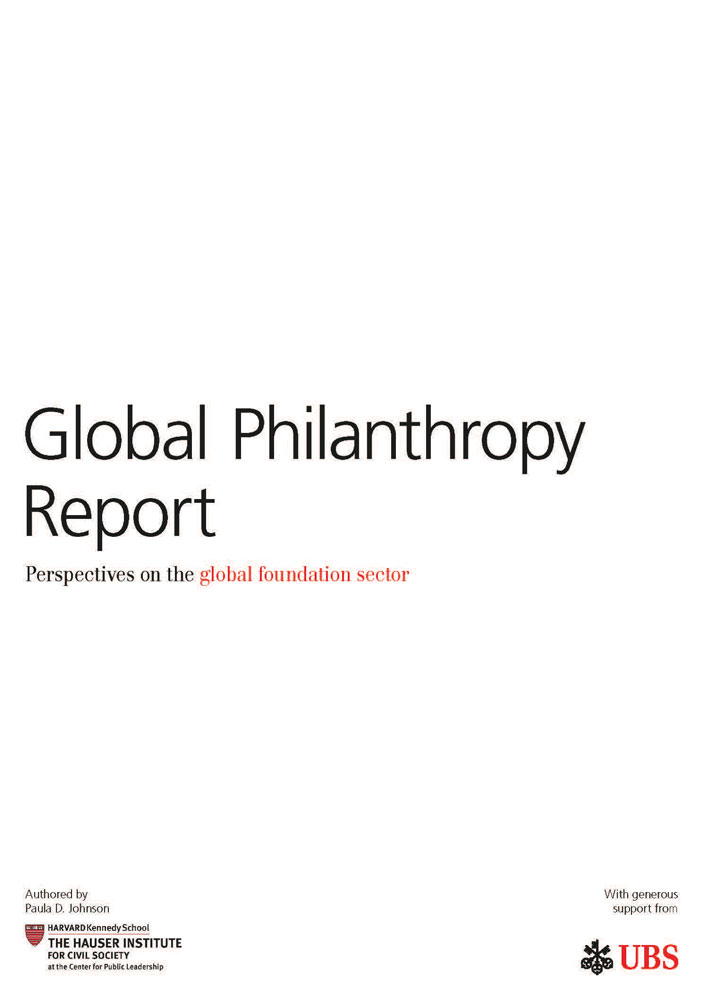What is this report?

In its first year, the report aims to explore institutional philanthropy across the world. There is a lot of missing information about the size and practice of philanthropy on a global scale. This report is meant as a first step to address this gap of information. The writers hope to publish it biennially, adding more countries and more detailed information.
However, the writers note that this is a sketch of institutional philanthropy. There are gaps in the data as well as a lack of norms, standards, and definitions of philanthropy and legal structures between countries.
What are the key findings from the article?
- Attitudes about whose role it is to deal with societal problems have changed. Historically, government and the public believed it was the government’s role to deal with social issues, not the citizenry. However, that is now changing; people are seeing private philanthropy as a way to deal with societal ills. Some countries like Germany and France are changing laws and creating policies to encourage the creation of philanthropic institutions.
- There are 260,000+ foundations in the world in 38 countries. The majority are concentrated in Europe and North America; ~60% and 35%, respectively. However, as researchers gather more information on other countries, these numbers may change. “Nearly three-quarters of identified foundations we reestablished in the last 25 years.”
- Types of foundations vary per country. Of 115,660 foundations in 20 countries and Hong Kong, 90% identified as independent/family foundations. 96% of foundations in the US and 87% in Europe identify as independent foundations. In Latin America, 50% of foundations were corporate though there is regional variation. 38% of foundations in China are government-linked.
- Depending on the country, there may be limitations on what foundations may do. Government may limit activities or there may exist a societal belief that “philanthropy should be a complement to and not a substitute for government services and activities.”
- Education is the top priority of foundations. The study found that 35% of the 28,988 foundations had some focus on education. Foundations may focus on education because it can have potential to assist with growing the economy. Other areas of interest are human services (21%), health (20%) and arts and culture (18%).
- Foundations may run their own programs instead of making grants. The report notes, “In 12 of 14 countries and Hong Kong in this data set, more than half of the foundations in each country develop and operate in-house initiatives.” The US and Australia are the exceptions. Only 3% of foundations in the US run their own programs and none in Australia. In other countries, grantmaking is central to the work of foundations, such as the US. The report notes, “And more broadly, in countries where there is low societal trust, grantmaking is likely to be less common.”
- In interviews with foundations, there is a recognition that partnerships can help foundations accomplish their goals, but that those partnerships can be very challenging to put together and keep going.
What can I do as a result?
- As your organization looks to non-US based foundations, make sure you understand the work of the foundation. Not all foundations make grants; many run their own programs.
- However, if a foundation runs their own programs, perhaps there is an opportunity to collaborate with them. It can be a lot of work to start a relationship with a foundation operating its own programs, but the rewards will be great for both organizations and the program beneficiaries.
- Recognize that philanthropy is not practiced the same way in the US as it is elsewhere. The role of philanthropy in societies around the world is changing but each country will have its own particular context. It’s critical to understand the philanthropic landscape before trying to cultivate individuals or institutions in that country.
- But remember there is wealth outside of the US. It may take a bit of extra effort to cultivate donors and institutions, but the effort can help position you to achieve your fundraising goals long-term.
Are you considering prospecting outside your home country? Schedule a free consultation with Aspire.
Additional Resources
- The Global Philanthropy Report | Harvard Kennedy School Center for Public Leadership 2020
- Global Wealth 2020: The Future of Wealth Management | Boston Consulting Group 2020
- International Prospect Research Collection| Prospect Research Institute